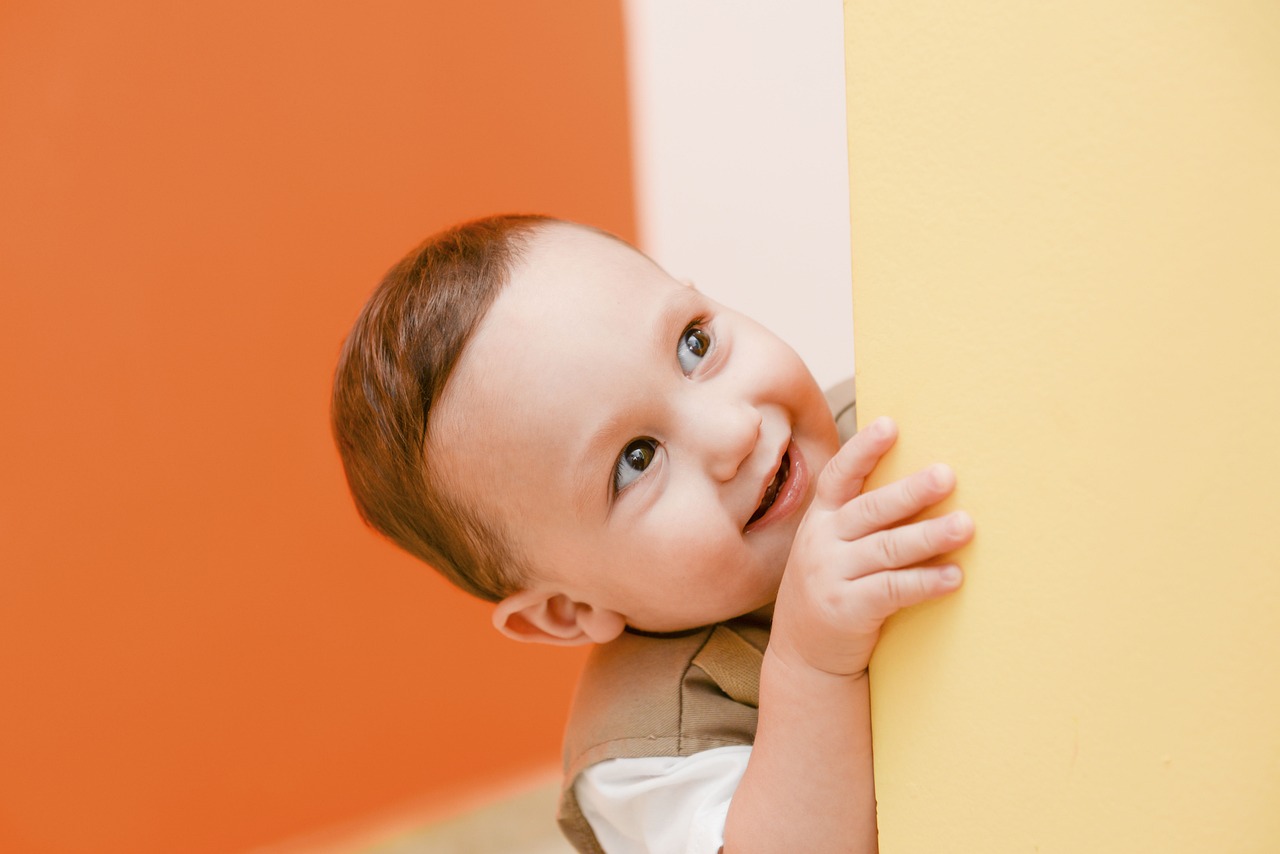5 Behaviors Learned from Watching Parents

Understanding how children learn behaviors is crucial for fostering positive child development. Through observational learning, kids pick up actions and reactions by watching those around them, especially their parents. This type of learning plays a significant role in early childhood, shaping everything from emotional responses to social skills. This article will explore five critical behaviors learned from parents that impact a child's growth.
1. Imitation of Positive Behaviors
When it comes to parenting, positive behaviors are the kind that fosters a supportive and nurturing environment. These include actions that promote kindness, empathy, and responsibility. A prime example is when parents model gratitude by saying "thank you" sincerely and consistently. Kids pick up on this habit and start expressing their appreciation similarly.
Another example is sharing. Picture a family dinner where everyone patiently waits their turn to serve themselves or where parents share their dessert. This small act of sharing teaches kids the value of generosity and cooperation.
Positive reinforcement plays a crucial role here.
"When children receive praise for their good behavior, they are more likely to repeat it."
Imagine a child being praised for helping set the table. The positive attention reinforces the behavior, making them more inclined to help out in the future.
Critical examples of positive behaviors children may imitate include:
Expressing gratitude regularly
Sharing toys or food with siblings
Helping with household chores
Showing empathy towards others
By consistently modeling positive behavior, parents create an environment where prosocial behaviors become second nature to their children.
2. Modeling Aggression
Aggressive behaviors often emerge from what children see at home. Kids absorb everything like sponges, including negative behaviors. Think about the times you've stubbed your toe and yelled out in frustration—your little one will likely mimic that reaction.
Research findings on aggression modeling offer some eye-opening insights. The famous Bobo doll experiment by Albert Bandura is a classic example. Children watched adults behaving aggressively towards a Bobo doll and then imitated those exact behaviors when given the same doll to play with. This experiment highlighted the role of social learning theory, showing how kids learn by watching others. According to Bandura's extensive research, this concept has significantly transformed our understanding of learning and morality.
Understanding this can have significant implications for parenting. Children who consistently observe aggressive tendencies are likely to adopt similar behaviors. Here are some practical steps for parents:
Mindful Reactions: Pay attention to your reactions in frustrating or stressful situations.
Conflict Resolution: Demonstrate peaceful conflict resolution techniques.
Positive Reinforcement: Encourage and reward non-aggressive, constructive behaviors.
By managing our tendencies, we can create a more favorable environment for our children to grow up in, setting them up for healthier social interactions and emotional well-being.
3. Emotional Responses and Regulation
Imagine your child watching you handle a stressful situation. Do you raise your voice or take a deep breath and respond calmly? Children are keen observers, soaking in how their parents react to various emotions—happiness, sadness, frustration, or joy.
When parents model emotional regulation, they teach their children how to manage their emotions effectively. If a parent consistently shows calmness and patience even in trying times, the child learns that these are appropriate responses. Conversely, if a parent reacts with anger or anxiety, these behaviors can become ingrained in the child's emotional repertoire.
Key Observations Kids Make
Happiness: Smiling, laughter, and verbal expressions of joy.
Sadness: Tears, expressions of sorrow, seeking comfort.
Frustration: Raised voices, physical gestures like throwing objects.
Calmness: Deep breathing, taking breaks to cool down.
Strategies for Parents:
Acknowledge Emotions: Show your child that feeling sad or angry is okay by verbally acknowledging these feelings.
Demonstrate Coping Mechanisms: Use healthy coping mechanisms like exercise, meditation, or openly discussing feelings.
Create Teachable Moments: Turn challenging situations into learning opportunities by discussing what went wrong and how it can be handled better next time.
Teachable moments often arise unexpectedly but can be incredibly impactful. Parents give their children the tools to navigate life's ups and downs with resilience and grace by consciously modeling healthy emotional responses and effective coping mechanisms.
4. Development of Social Skills Through Observation
Parents play a crucial role in their children's socialization process. By interacting with others, parents teach kids essential social skills. Have you ever noticed how your child mimics your greeting style or how you handle small talk? That’s observational learning at work.
Body language and communication styles are vital elements children pick up from their parents:
Body Language: Kids watch how parents communicate with gestures, facial expressions, and posture. For example, they notice if you maintain eye contact during conversations or have an open posture when speaking to someone.
Communication Styles: Children observe whether their parents are assertive, passive, or aggressive. They learn the nuances of polite conversation, listening skills, and even conflict resolution by watching how their parents interact with others. Parents can also incorporate communication games and activities to make learning these skills more engaging.
By modeling positive social interactions, parents help their children develop the confidence and skills needed for successful relationships in the future. Understanding different types of communication styles can further aid in this process.
5. Coping Strategies Learned from Parents Through Observation
Have you ever noticed how children often imitate their parents' way of dealing with stress? It's like looking into a funhouse mirror, but the reflection is all too real. When things get tough, kids look to their primary role models, their parents, for guidance on how to cope.
Healthy Coping Mechanisms
Parents who handle stress with healthy coping mechanisms—such as exercising, discussing issues openly, or practicing mindfulness—provide a model for resilience. Picture a mom who does yoga after a long day or a dad who takes deep breaths before reacting to a frustrating situation. These behaviors teach children that stress can be dealt with positively.
Unhealthy Coping Strategies
On the other hand, unhealthy coping strategies like avoidance or substance use convey a different message. Seeing a parent constantly avoiding problems or reaching for an extra glass of wine as a quick fix can lead children to develop similar habits.
Effective parenting strategies often come down to being aware of these everyday interactions. By demonstrating positive ways to respond to difficulties, parents equip their children with lifelong skills for emotional well-being.
"Kids don't always listen to what you say, but they watch what you do." - This is especially true when it comes to dealing with stress and tough times.
Children learn valuable lessons on resilience and adaptability by watching how parents handle life's ups and downs.
Conclusion: The Impact of Parental Behavior on Child Development Through Observation
Positive modeling is crucial in shaping your child's behaviors and attitudes. Being mindful of direct and indirect lessons sets the foundation for their emotional and social development.
Encourage gratitude, empathy, and healthy coping mechanisms.
Be aware of the impact of television on children; your actions often speak louder than what they see on screen.
Embrace opportunities to model positive behavior and emotional regulation.
Remember, every moment together is a chance for growth—for you and your child.

